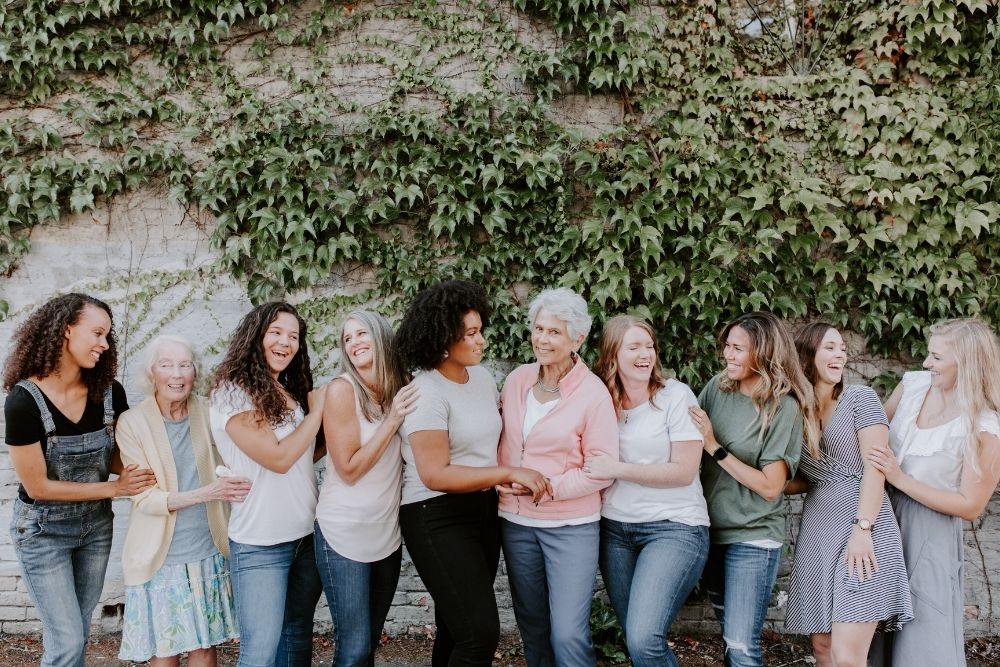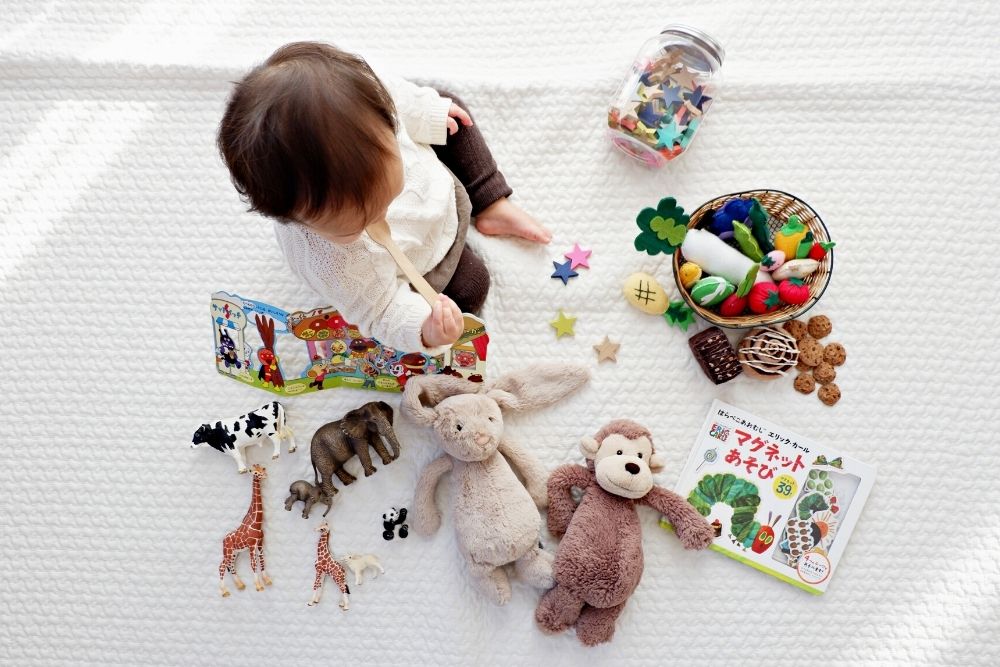
Coping With Mother Wounds
Erik Johnson, who is one of the counselors we network with wrote this blog post in the hopes to bring healing to the mother wounds that many have experienced. His words are insightful and will challenge each one of us as daughters, granddaughters, mothers, sisters and friends. Erik has spoken at Collide and women just love his heart and the gentle way in which he challenges, as well as his deep passion for helping people find wholeness in their lives. God uses him to give people tools to navigate the difficult things that come up in relationships. We, here at Collide just love Erik and are grateful for his work in helping people recognize brokenness so it can be made more whole! Enjoy! – Willow
Some mother wounds are obvious: cruelty, hitting, screaming, shaking, harsh discipline, and so forth. Other mother wounds are just as painful only less obvious: manipulating, guilting, shaming, neglecting, indifference, uncomforting, judgmental, distant, not nurturing, or simply abandoning her maternal responsibilities. There are seven steps to healing a mother wound and (if desired) recreating a relationship with your mother (living or dead).
First, increasing your awareness of mom’s impact helps you define what you missed from your mother when you were young and what you did or did not receive from her. This is a painful step, but necessary. You can’t deal with what you don’t know about. Exercises to increase your awareness include journaling (using your non-dominant writing hand puts you back in the first grade!), interview siblings (if it’s safe), reflecting on old photo albums and scrapbooks, visiting your childhood neighborhood, watch mothers and their children at the playground to be reminded of what you missed, draw what you remember your bedroom looked like, look at school albums, interview uncles and aunts, and so forth. Do your research with healthy friends around for support. Beware, exploring avoided feelings can be unpleasant.
Second, mourning and letting go of your pain involves getting in touch with the hurt and anger you have long suppressed regarding your mom. Expressing your feelings is essential to healing. Healthy ways to flush out the hurt include crying, rip pages from an old telephone book, writing and praying prayers of lament, creating angry art (collages, painting with lots of angry colors). Write a letter to your mom (not for mailing) filled with emotion. NOTE: venting can become addicting so be careful; we’re trying to get the venom out of our system, not build tolerance for it.
Third, reappraising your mother begins with seeing her as a human being in her own right. Once you are ready to incorporate your mother’s perspective, you will understand that she only passed on to you what had been done to her. You work to forgive and even appreciate her. Saying goodbye to the mother of your childhood helps you emotionally release any remaining expectations you have of her. Exercises include: giving your mother her due by recognizing any positive things she did (if any). Write her the kind of letter you wish she’d had written to you, hold an imaginary conversation with your mother as if she was a 10-year-old; what wise words would the adult you give her? Forgiving your mother is a process, not a one-time event. Cancel the debt of what she owed but never gave. The Christian faith offers many insights into forgiveness that we often overlook. Consult your pastor, priest, or spiritual mentor.
Fourth, healing the child within encourages you to reconnect with how the young part of you wanted to be nurtured and treasured by a tender mother. You honor your little child inside by allowing desires and feelings to emerge that you denied growing up. You learn to accept and savor positive feedback. Scientists say our brains are comprised of many parts; have your “older, wiser” part talk to your “younger, wounded” part. What does the young you need to hear, feel, see, or experience? Give that little child what he or she needs. Draw the current you loving the younger you (stick figures work fine). If your mother took away your voice, take it back. Speak truth to yourself in front of a mirror, make affirmations, and repeat soul building quotes.
Fifth, becoming your own good mother shows you ways to fill in for the experiences you felt you missed with your mom. Do to yourself what think a devoted mother would do for her child. Acknowledge your deepest desires and goals. When your outlook on your mother changes, so will your outlook change on your Heavenly Parent (God is not only like a Father but also like a Mother.
“Can a mother forget the baby at her breast and have no compassion on the child she has borne? Though she may forget, I will not forget you! (Isaiah 49:15)
“As a mother comforts her child, so will I comfort you.” (Isaiah 66:13)
Sixth, acknowledging the wisdom of the mother wound helps you accept the direction that your life has taken. See the strengths you’ve developed. Finding contentment in being alone, along with achieving self-acceptance, together open the doorway to self-love. Describe the ways a mother wound has given you insights, independence, relationship skills, initiative, creativity, humor, or morality. If possible, see if you can muster the courage to be grateful for the skills you learned the hard way.
Seventh, reconnecting with your mother completes the circle of recovery. Now that you see you mother in a new light and have found your own power, you might be open to trying new ways of relating with her, whether she is living or not. A deeper bonding based on mutual respect may still be possible. If not, accept the reality that you will likely never receive a maternal “blessing.” Fill the hole the mother wound left with healthy choices, friends, activities, hobbies, spirituality, and service.
Once you have gone through these steps, and you understand how your mother wound affects all your interactions, you can apply what you’ve learned to building satisfying relationships. By consciously cultivating caring mentors as mother substitutes, you can believe that you are valuable and deserve support and recognition. You carry on the healing process with those who are closest to you by going back to the original source of your upset feelings when they arise. You learn to see and nurture the little child in your loved ones, and above all to appreciate the good in them and you.
This material is adapted from the book, Where Were You When I Needed You, Dad? by Jane Meyers Drew (Tiger Lilly Publishing, 1992)
This post was written by a counselor or therapist for informational use only and is not intended to replace advice from a professional who is working directly with you as a patient [or client].





